AirPods enjoy huge popularity among apple lovers, which is mainly due to the excellent connection with the apple ecosystem. In an instant, we can connect them between individual Apple products and always have them available where we need them. In short, they have a huge advantage in this direction. If we add to that a decent design, relatively good sound quality and a number of additional functions, we get a perfect companion for everyday use.
It could be interest you
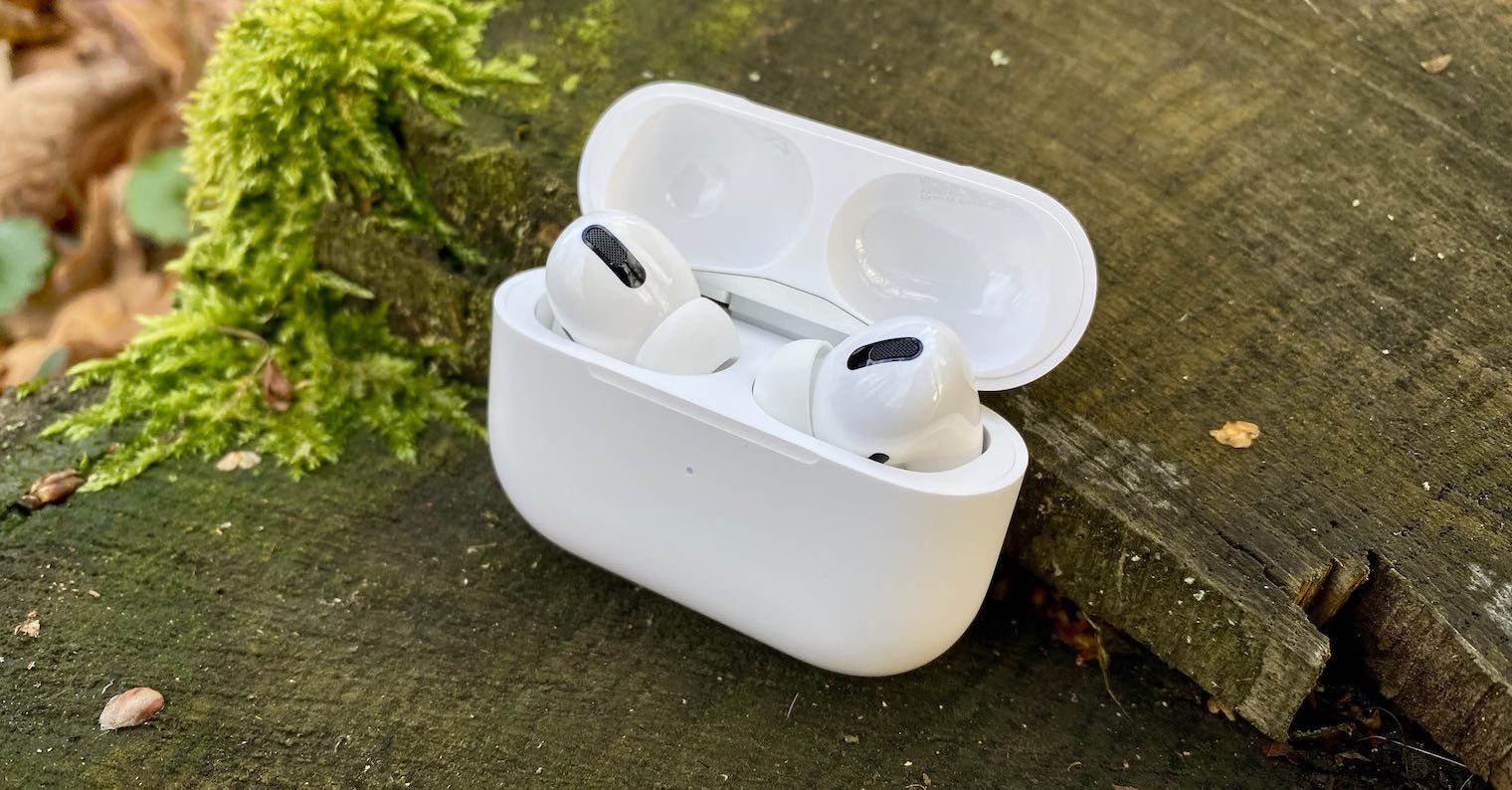
On the other hand, we would also find certain shortcomings. Apple users are particularly worried about the use of AirPods in combination with Apple Mac computers. In such a case, a rather annoying problem appears, due to which the sound quality drops several times. All this is due to the fact that we would like to use AirPods as a sound output + microphone at the same time. As soon as we select our apple headphones as both output and input in the sound settings in macOS, we are very likely to encounter a situation where the quality drops out of nowhere to a slowly unbearable level.
AirPods don't get along well with Macs
As we mentioned above, if we select AirPods as both input and output of sound, there may be a significant drop in quality. But this doesn't necessarily happen to everyone - in fact, it's possible that some users may never even encounter this problem. The drop in quality only occurs when an application using the microphone is launched. In such a case, the AirPods cannot cope with wireless two-way transmission, which is why they are forced to reduce the so-called bitrate, which subsequently results in a significantly reduced sound quality. After all, this can also be observed directly in the native application Audio MIDI settings. Normally, AirPods use a bitrate of 48 kHz, but when their microphone is used, it drops to 24 kHz.
Although the problem is caused by shortcomings on the audio transmission side, which must lead to a decrease in its quality, Apple could (probably) fix it with a firmware update. After all, he already mentioned this in 2017, when he also shared how the problem could at least be circumvented. If you switch the input from the AirPods to the internal microphone in the sound settings, the sound quality will return to normal. In a way, this is a solution. Apple users who use their MacBook in the so-called clamshell mode, or have it constantly closed and connected to a monitor, keyboard and mouse or trackpad, may have a problem. As soon as you close the display lid on newer MacBooks, the microphone is hardware deactivated. This is a safety feature against eavesdropping. The problem, however, is that these users cannot use the internal microphone and have no choice but to settle for degraded audio quality or the use of an external microphone.

Codec problems
The whole problem lies in poorly set codecs, which are subsequently responsible for the whole situation. For sound playback, the AAC codec is used as standard, ensuring flawless listening. But as soon as the SCO codec is activated on the Mac, it will subsequently occupy the entire audio system of the Apple computer and even "displace" the aforementioned AAC. And that's where the whole problem lies.
It could be interest you
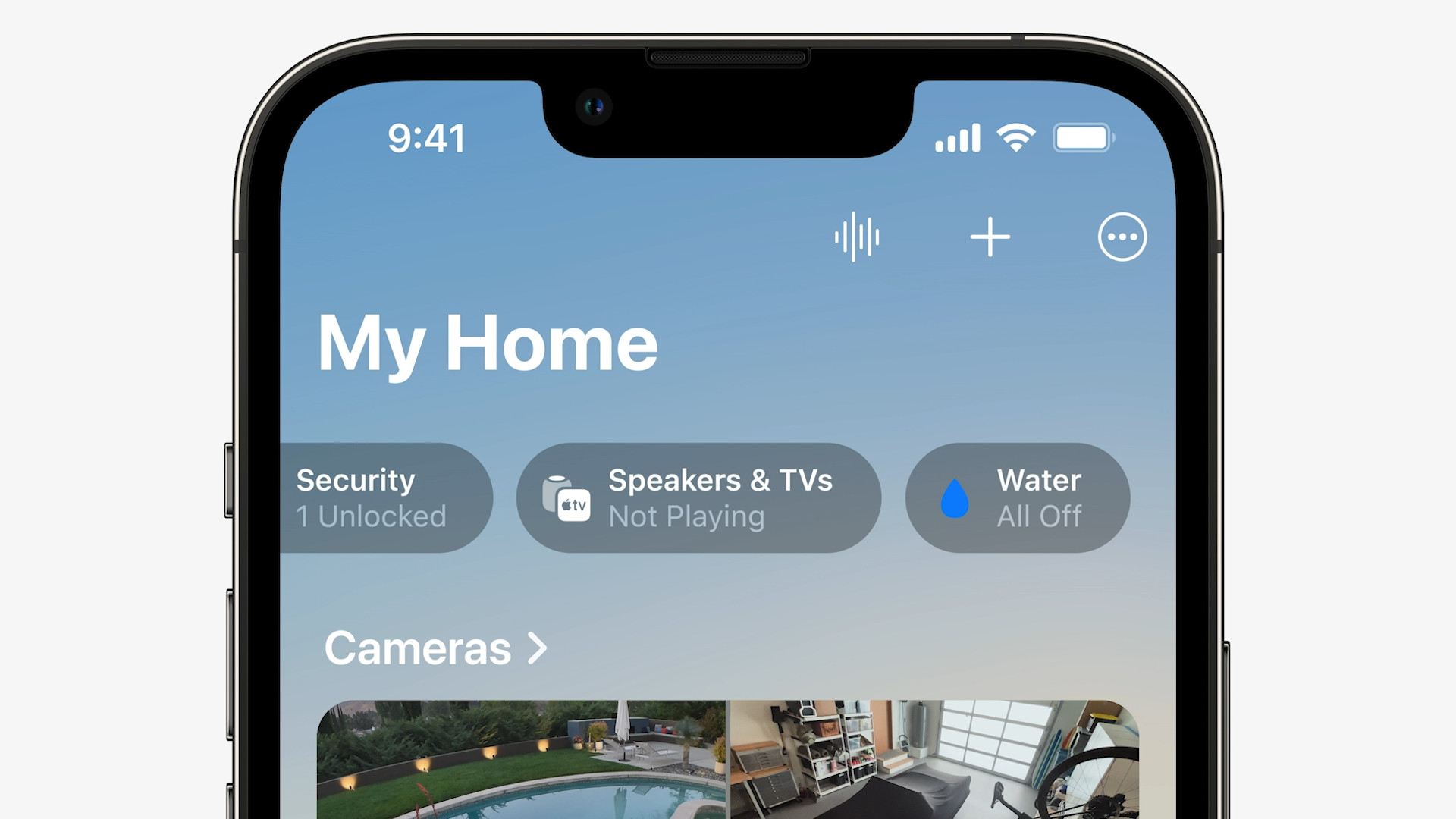
As we mentioned above, the Cupertino giant is well aware of the problem. According to his words from 2017, he is even monitoring it and might bring a solution/improvement in the form of a firmware update in the future. But as we know very well, we haven't seen that yet. In addition, for some users, it can be a rather significant obstacle. It is therefore not surprising that apple users share their negative experiences on discussion forums. The reduced sound quality appears with this, for example, even in the case of using AirPods Pro, and it is quite strange when headphones for more than 7 thousand crowns offer you a sound quality that sounds almost robotic.
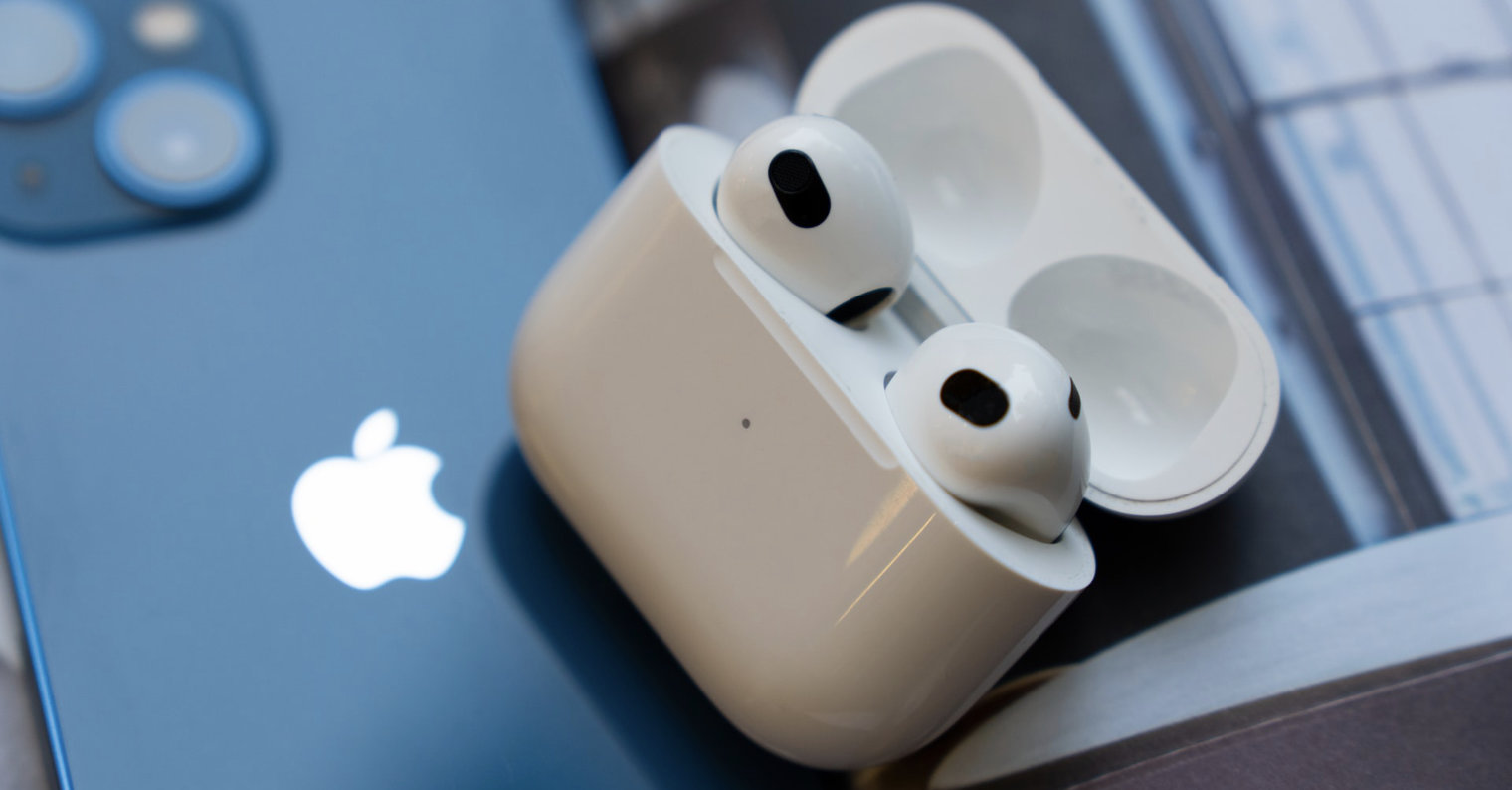

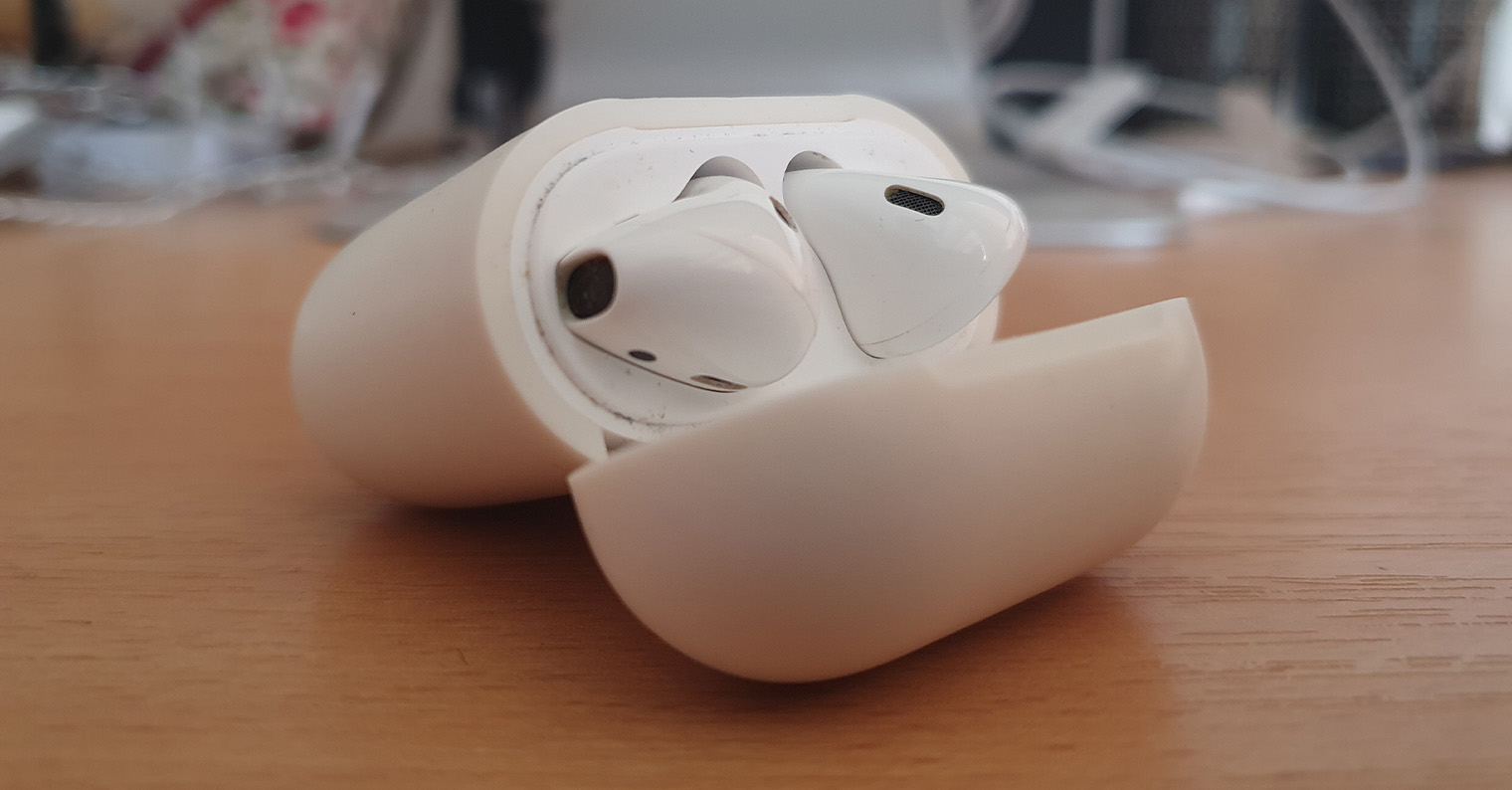
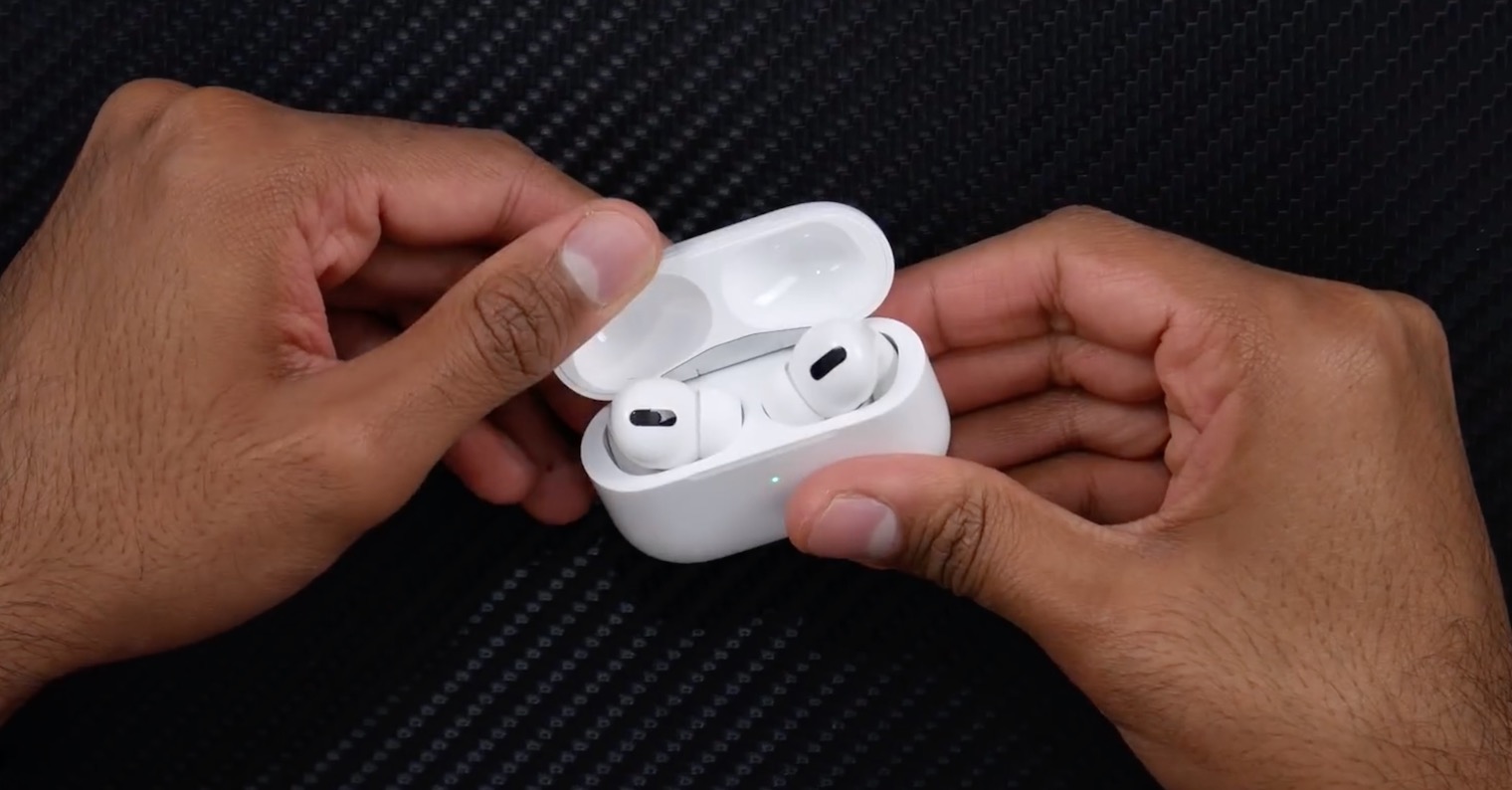
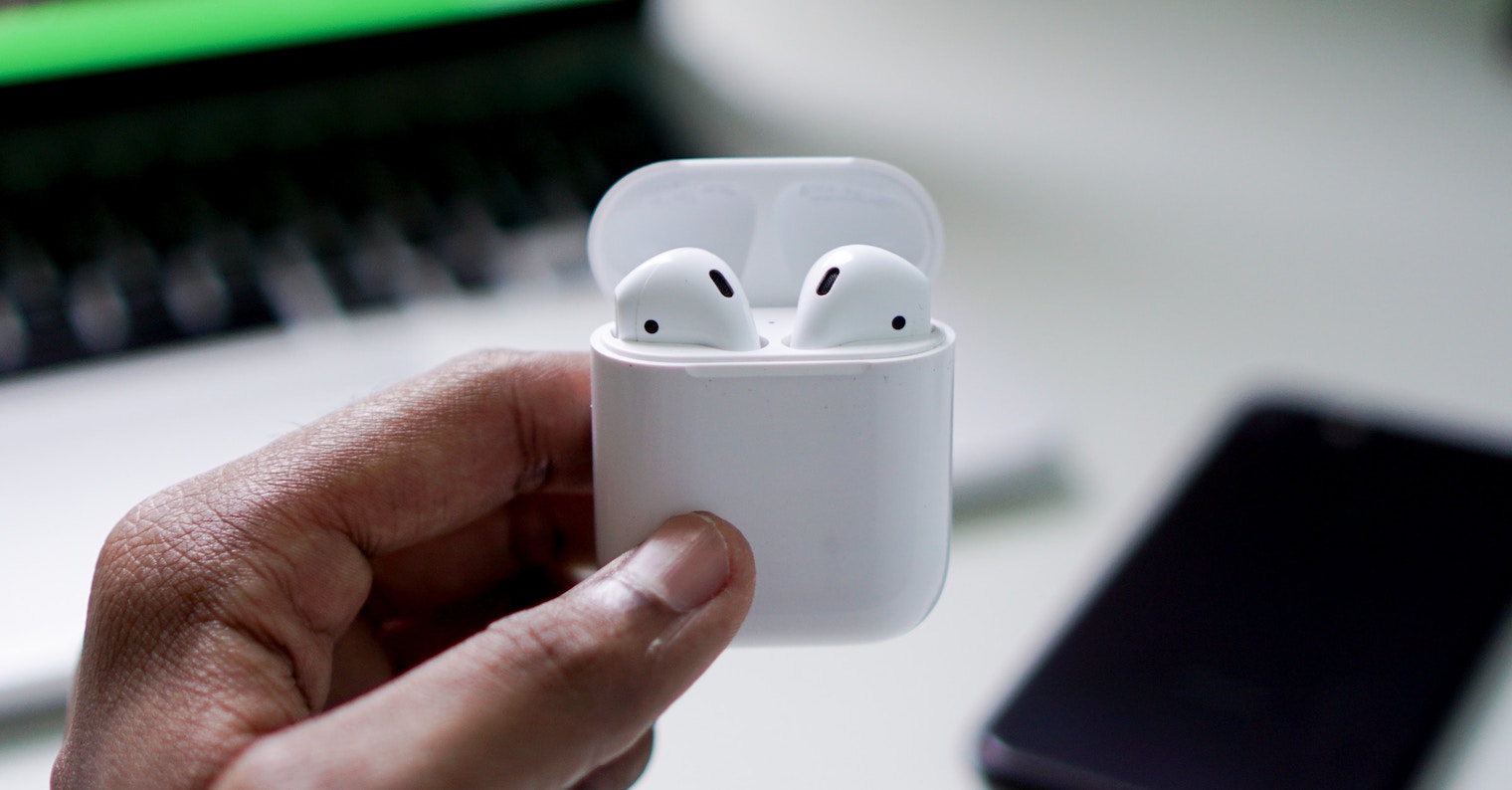
 Adam Kos
Adam Kos
I recently noticed this in connection with a PC (win11) - during Teams calls, the other party complained about low-quality sound from my side.. As soon as I switched to a different microphone in Teams, not only was I heard better, but I was also better heard the others... But the strange thing is that in connection with the iphone this does not happen - both during classic calls and calls via facetime.